YouTube is about to roll out some of the most significant content policy changes in its history. Circle November 17 if you are a gaming creator or follow gambling-related content. The Google-owned platform is pushing comprehensive restrictions that will reshape how violent gaming and gambling material can be shared and seen.
These are not minor tweaks. It is a complete overhaul that could touch some of the biggest names in gaming. From Grand Theft Auto playthroughs to Counter-Strike skin gambling, creators across multiple genres are scrambling to figure out what these rules mean for their channels and their audiences.
YouTube is trying to thread the needle, protect younger viewers while keeping the creative freedom that made the platform a go-to home for gaming. It is a tightrope walk that nods to digital safety and still recognizes the sheer popularity of gaming and gambling-adjacent content.
What’s changing for violent gaming content?
Here is where things get specific, and for many creators, disruptive. YouTube’s new violence restrictions do not target all gaming, they zero in on a slice that could catch popular channels off guard. The platform will now place age restrictions on gaming videos featuring realistic human characters in scenes showing torture or mass violence against non-combatants.
The evaluation criteria are more nuanced than you might expect. YouTube will consider whether characters "look like real humans," how long graphic scenes last, and whether violence targets non-combatants. Whether photorealistic or cartoon-style matters. Games with realistic graphics face more scrutiny, a shift that changes how creators approach popular AAA titles.
For channels built around Grand Theft Auto, Call of Duty, or other realistic showcases, this is a strategic pivot point. YouTube will consider both the duration and prominence of violent scenes when reviewing content, and compilation videos will be judged on the cumulative length of graphic moments. Quick flashes might pass. Long, close-up sequences, probably not.
There is a practical workaround that could preserve monetization. Creators can avoid restrictions by blurring violent scenes. Same content style, different edit timeline, and a changed workflow.
Understanding the thresholds is now part of the job. A YouTube spokesperson mentioned that content may face age restrictions if it is "non-fleeting or zoomed in," which suggests creators can reduce risk by keeping graphic moments brief and favoring wider camera angles. Lingering close-ups, risky.
How gambling content restrictions are expanding
YouTube’s gambling crackdown goes far beyond roulette wheels and slot machines. It targets an entire digital economy many viewers do not realize qualifies as gambling. Starting on November 17, YouTube will also prohibit online gambling videos that involve items with monetary value, including digital goods like NFTs and game skins.
This hits the Counter-Strike community especially hard, where skin gambling and trading are major content pillars. The new gambling restrictions are expected to significantly affect Counter-Strike 2 content creators, as skin gambling and trading have long been a huge focus among them. The fallout stretches beyond promo spots and referral codes, it touches a booming market where cosmetic weapon skins can have values reaching thousands or even tens of thousands of dollars.
The enforcement scope is broad by design. YouTube’s enforcement extends to any content directing viewers to gambling sites involving digital goods through links, logos, or verbal mentions. No easy sidesteps. Even casual references or on-screen branding could trigger violations.
YouTube is also capturing social casino content, age-restricting content featuring online casino-style games, even when they do not involve real money. The message is clear, the mechanics matter, not just the money.
The timing is not accidental. YouTube says these updates address "new trends, like gambling with digital goods," a sign of proactive policy work rather than a clean-up operation after the fact.
What this means for creators and viewers
The practical implications are blunt. Videos become inaccessible to viewers under 18 and anyone not signed into their Google accounts when age-restricted, usually fewer views and lower revenue. For many channels, that forces a content reset.
YouTube is building in a transition. The platform will review older videos and may remove them or apply age restrictions if they violate the new rules, but will not issue strikes to creators for content uploaded before November 17. A grace period, not a free pass. Auditing old uploads will still be a heavy lift.
For creators racing the clock, there are tools. Creators can use YouTube’s built-in editing tools (trim/blur) to reduce risk before the deadline; this can help preserve views and monetization in some cases..
From a competitive angle, the move echoes broader industry shifts but widens the scope. YouTube’s decision follows similar moves by other platforms—Twitch banned Counter-Strike skin gambling website sponsorships in 2023. YouTube is going further, covering both violent gaming content and digital gambling, which positions the platform as a pace-setter for content safety, not a follower.
For viewers, especially families, the push leans into digital literacy and access controls. These changes reflect YouTube’s broader strategy to protect younger users while maintaining its position as a family-friendly platform. Expect viewing habits to shift, and expect more conversations about responsible gaming.
The bigger picture: YouTube’s evolving content strategy
These policy changes show YouTube evolving from a relatively open video site into a media environment that weighs advertiser confidence and regulatory compliance alongside creator success. These updates build on YouTube’s March 2025 gambling restrictions, a step-by-step approach that helps creators adapt without sudden whiplash.
The quick response to emerging categories hints at a more nimble policy engine. YouTube’s approach reflects the platform’s need to adapt to evolving digital trends while protecting its diverse user base. The company is acknowledging how fast it must react to formats like digital goods gambling and increasingly realistic violence.
Given YouTube’s size, these shifts often ripple outward. When the largest video platform tightens rules, other platforms usually follow to keep advertisers happy and regulators at bay. Expect parallel restrictions elsewhere, if only to avoid looking like the less safe option.
The November 17 timeline splits the difference between urgency and breathing room. It gives creators enough time to learn the rules and adjust, while making it clear enforcement is not a someday problem.
YouTube is pairing enforcement with support. The blur option for violent scenes, the grace period for older uploads, and the availability of built-in editing tools all point to a simple truth, creator health drives platform health. You do not keep a thriving ecosystem by springing gotchas.
Bottom line: Adapting to YouTube’s new reality
November 17 marks a shift in YouTube’s content philosophy that creators will need to embrace. Not just rules to follow, a new framing that favors long-term platform stability over short-term convenience.
The creators who thrive will think strategically, not just defensively. That could mean mastering blur tools, pivoting toward less problematic game genres, or making educational content about responsible gaming and digital goods risks. In other words, turn constraints into a style choice.
For the Counter-Strike community, the door is still open. There is room for content that explains skin trading risks, dives into market analysis without promoting gambling sites, or showcases gameplay and skill development instead of gambling outcomes. The first movers here will scoop up audiences from channels that hesitate.
The gambling rules signal YouTube’s read on digital economies, gambling-adjacent behavior does not wait for regulators. By acting now, YouTube keeps advertisers on board and the platform accessible, which ultimately helps creators keep monetization steady.
Looking ahead, expect more refinements as YouTube measures results. The November changes feel like a first chapter, not the last word, so adaptability becomes a long-term advantage.
The era of unrestricted violent gaming content and open digital goods promotion is over. Success now comes from treating the new boundaries as creative constraints that spark innovation. Creators who align with YouTube’s evolving vision, and do it with intention, will be best positioned to keep their audiences and their revenue in this new landscape.




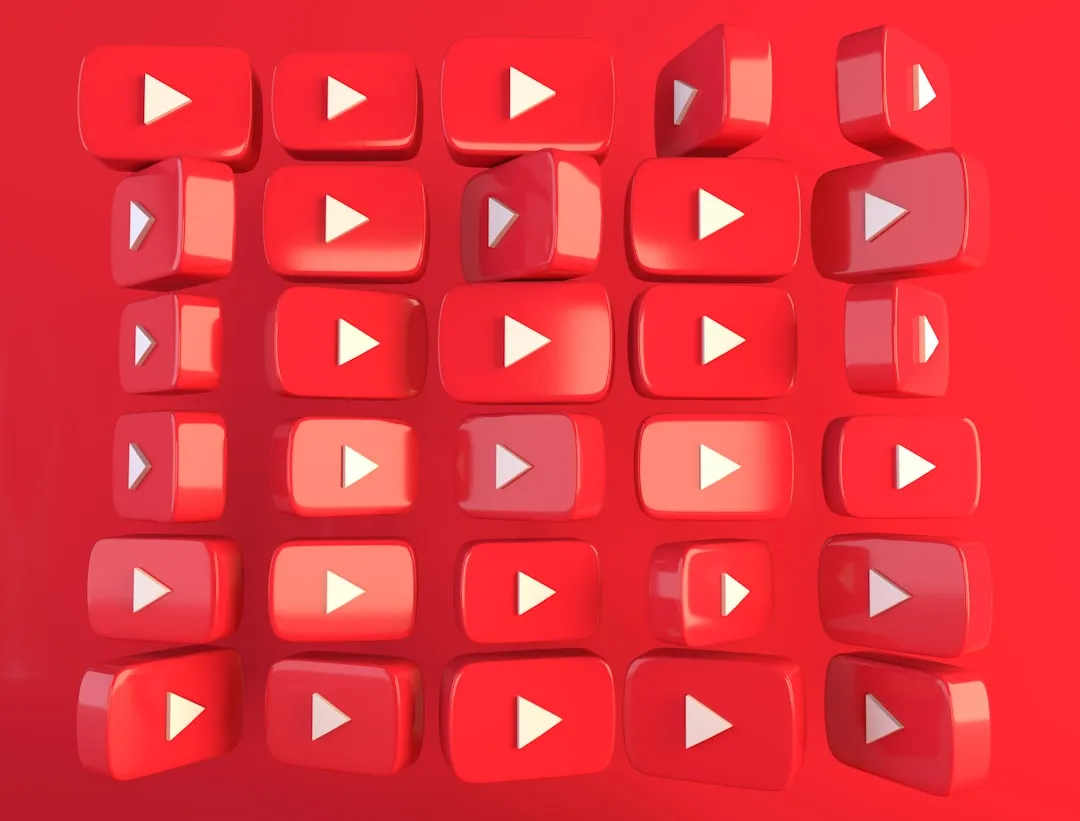








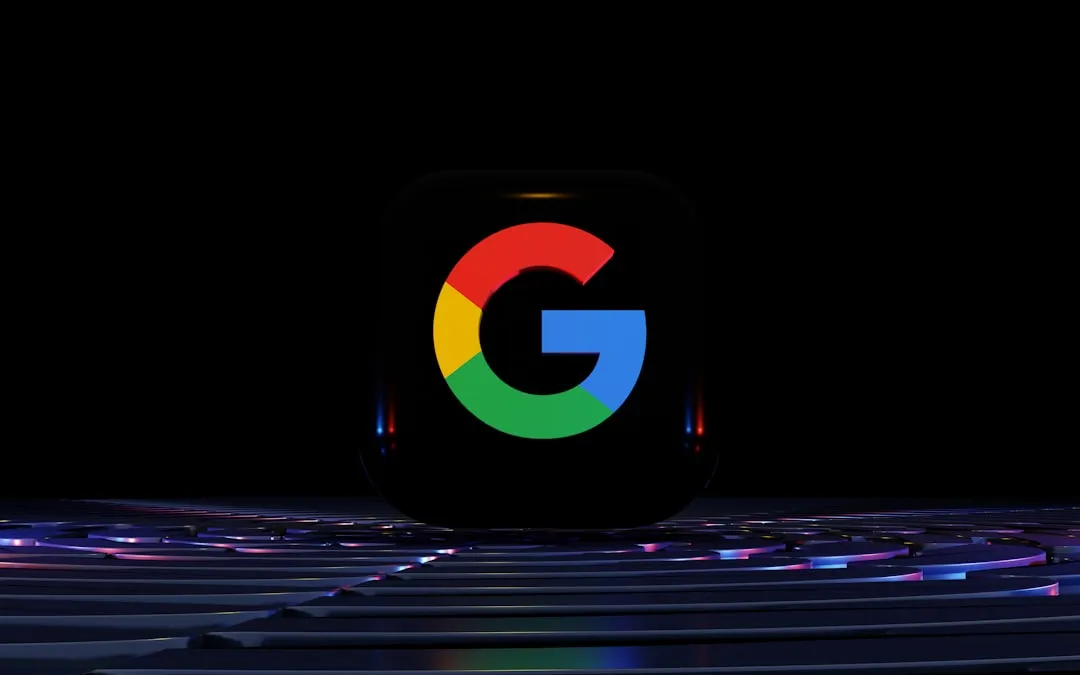
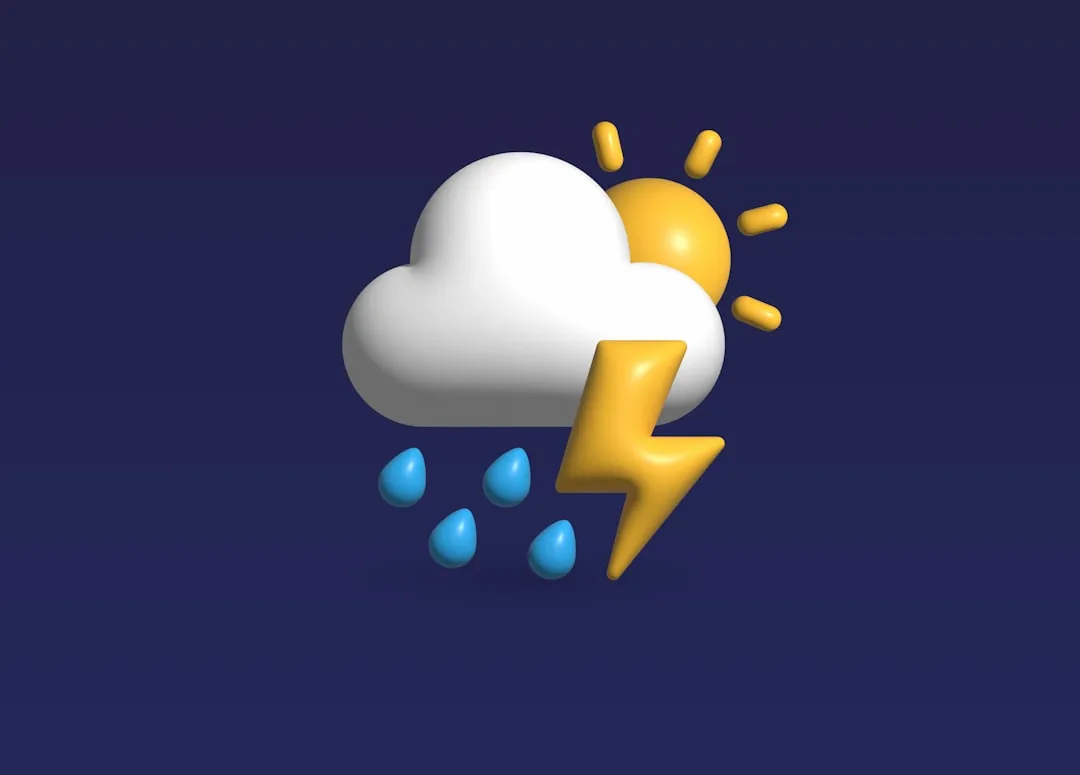
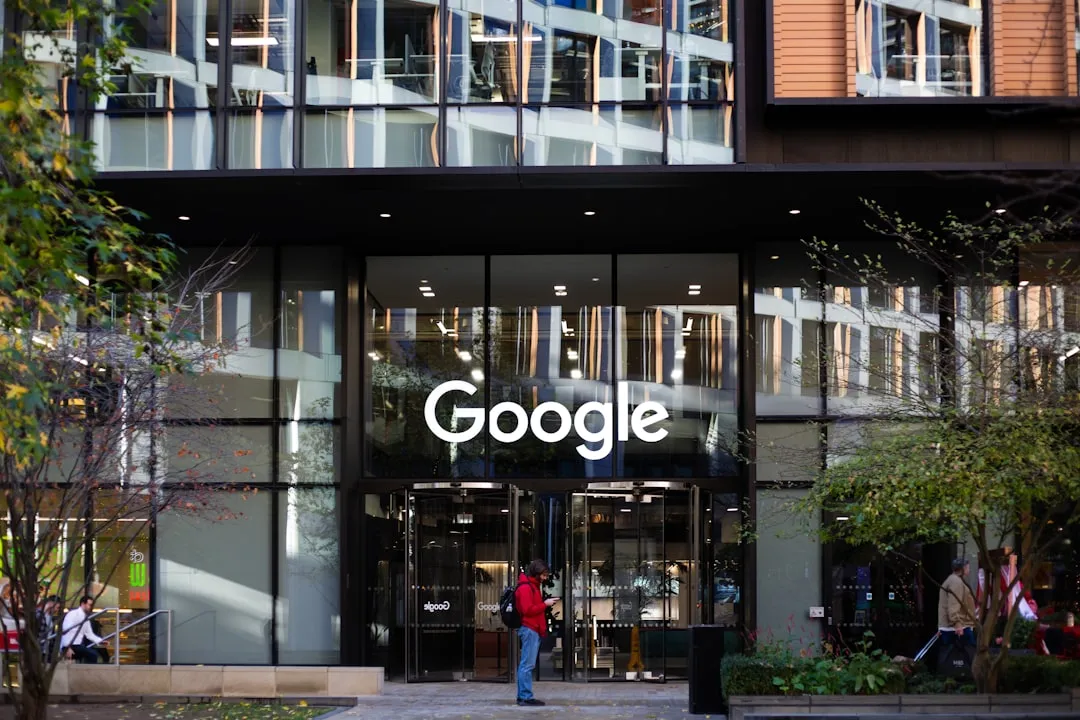
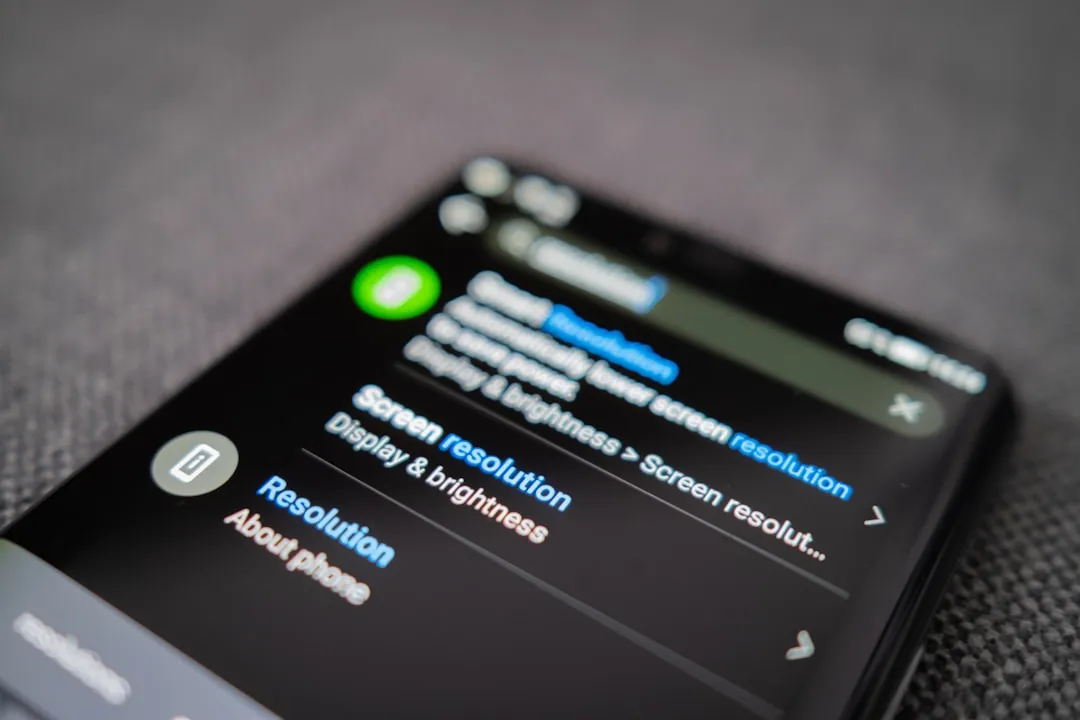
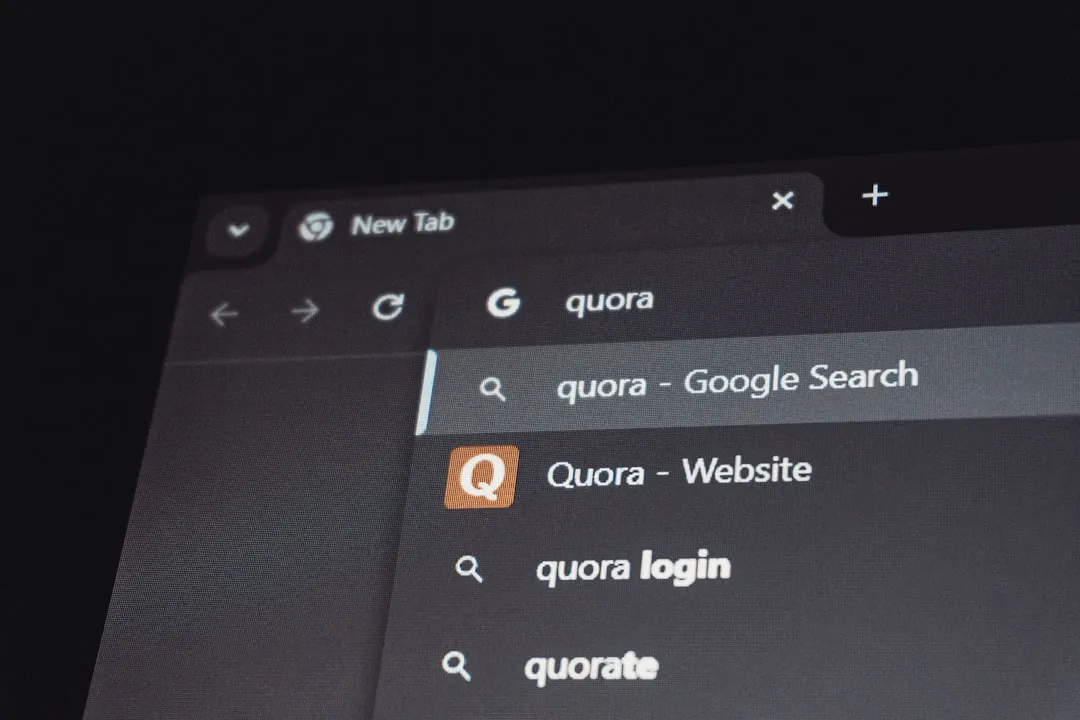

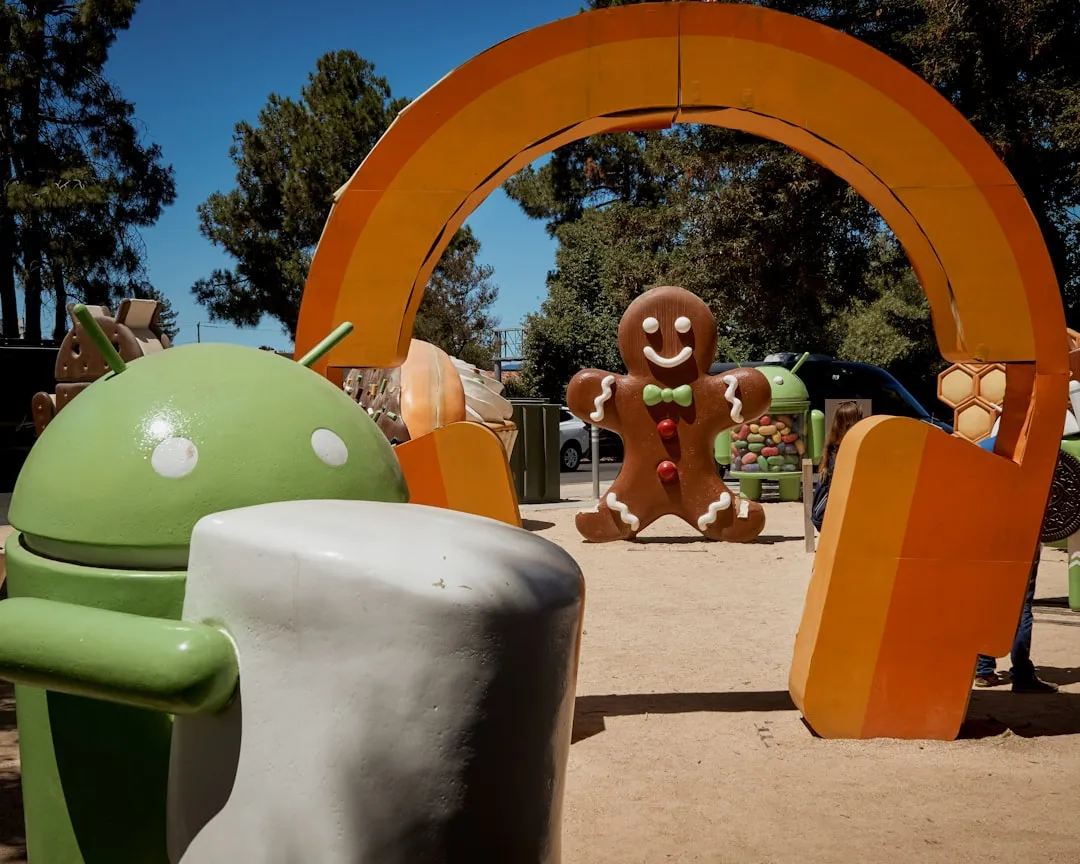

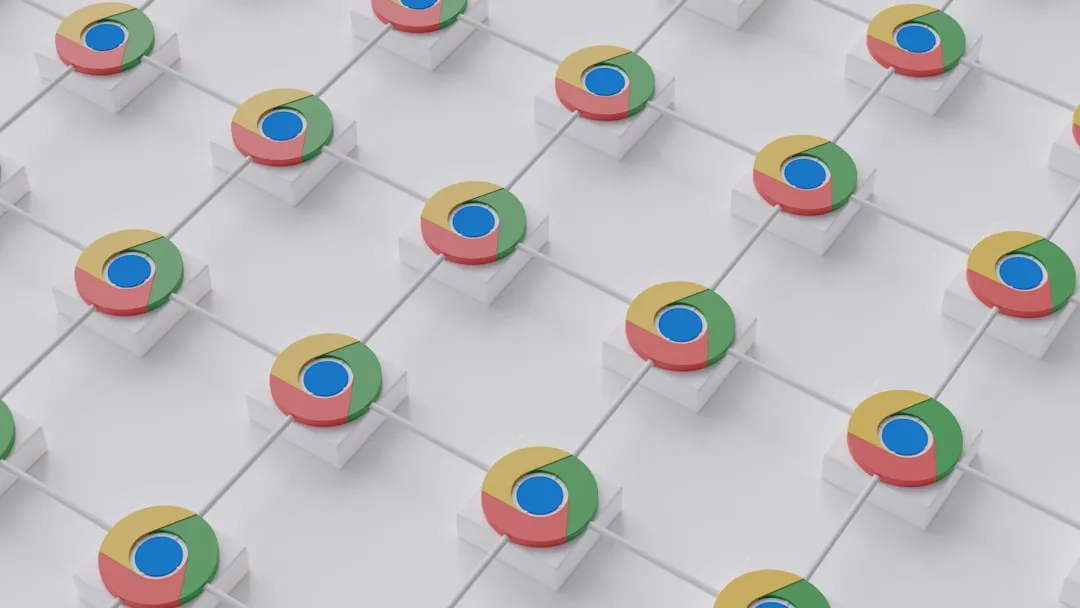
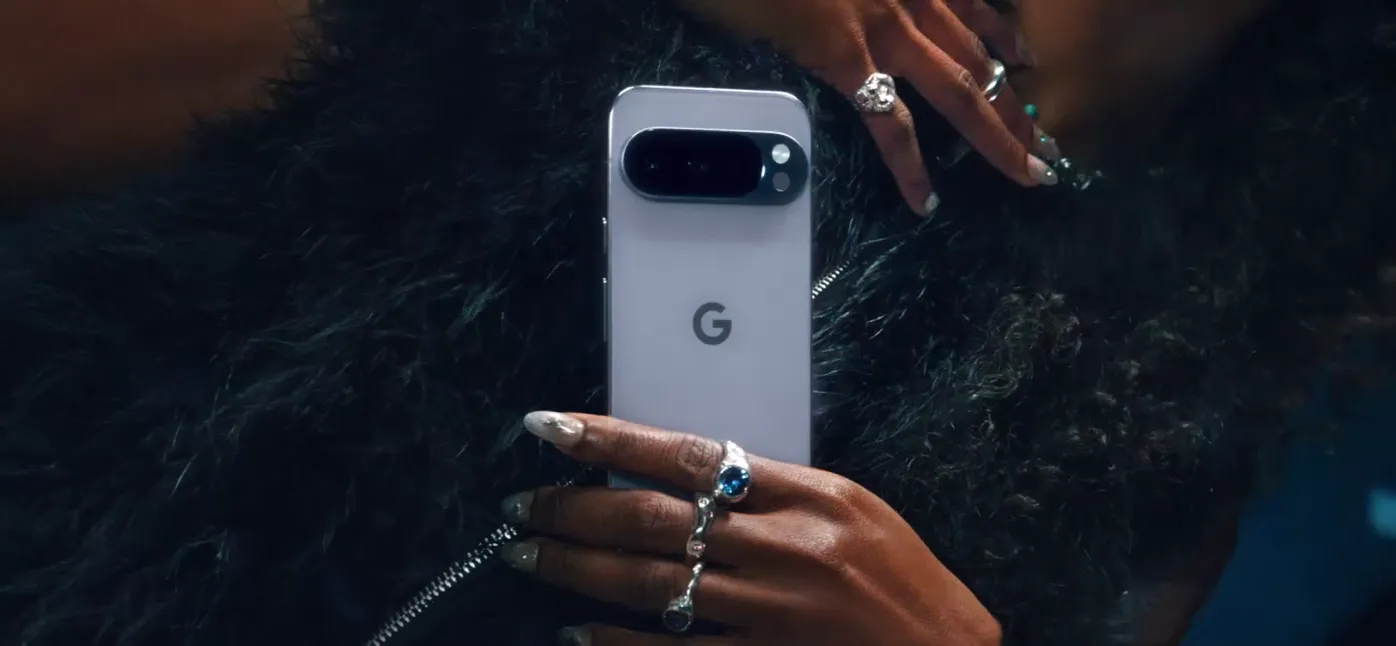


Comments
Be the first, drop a comment!